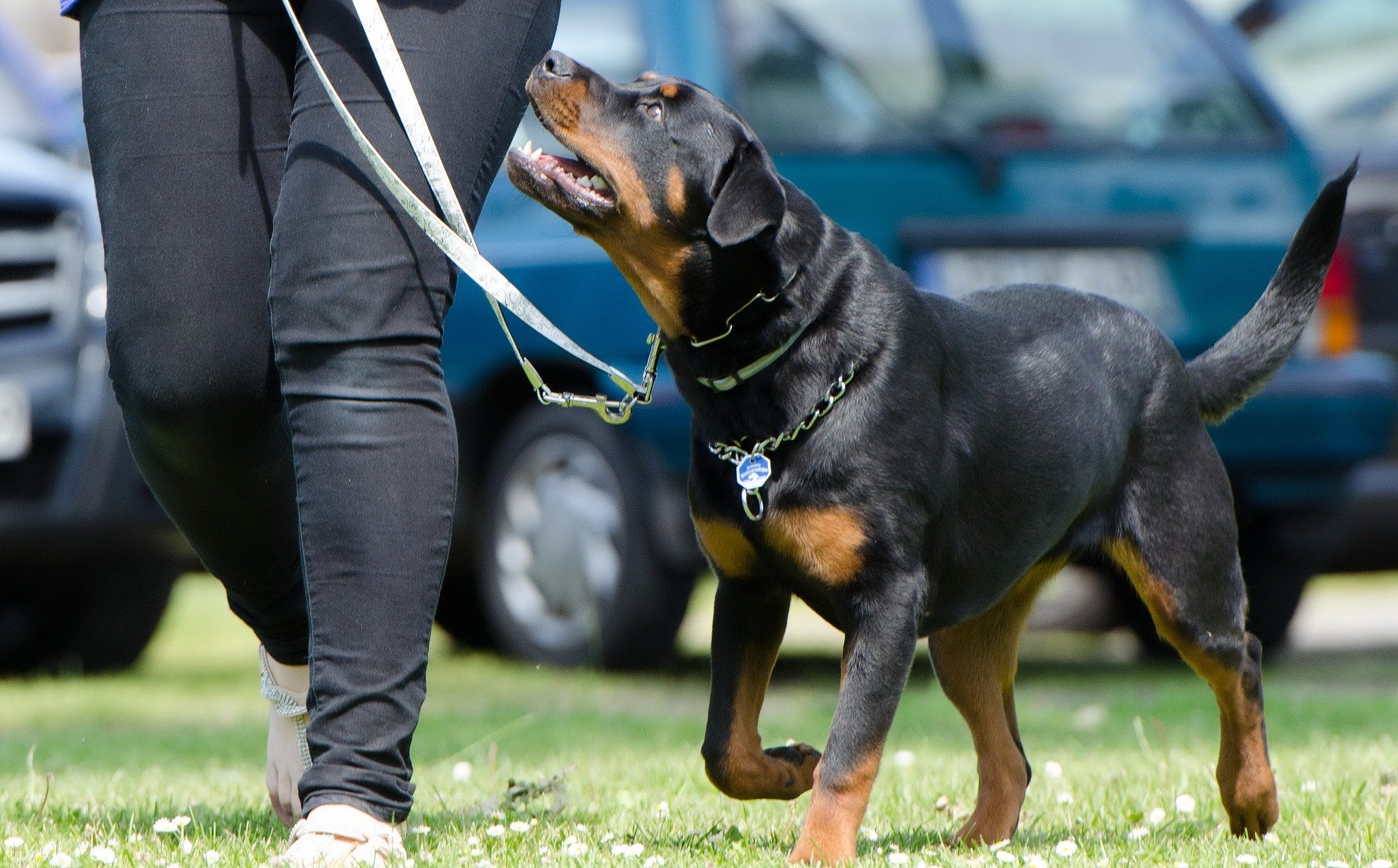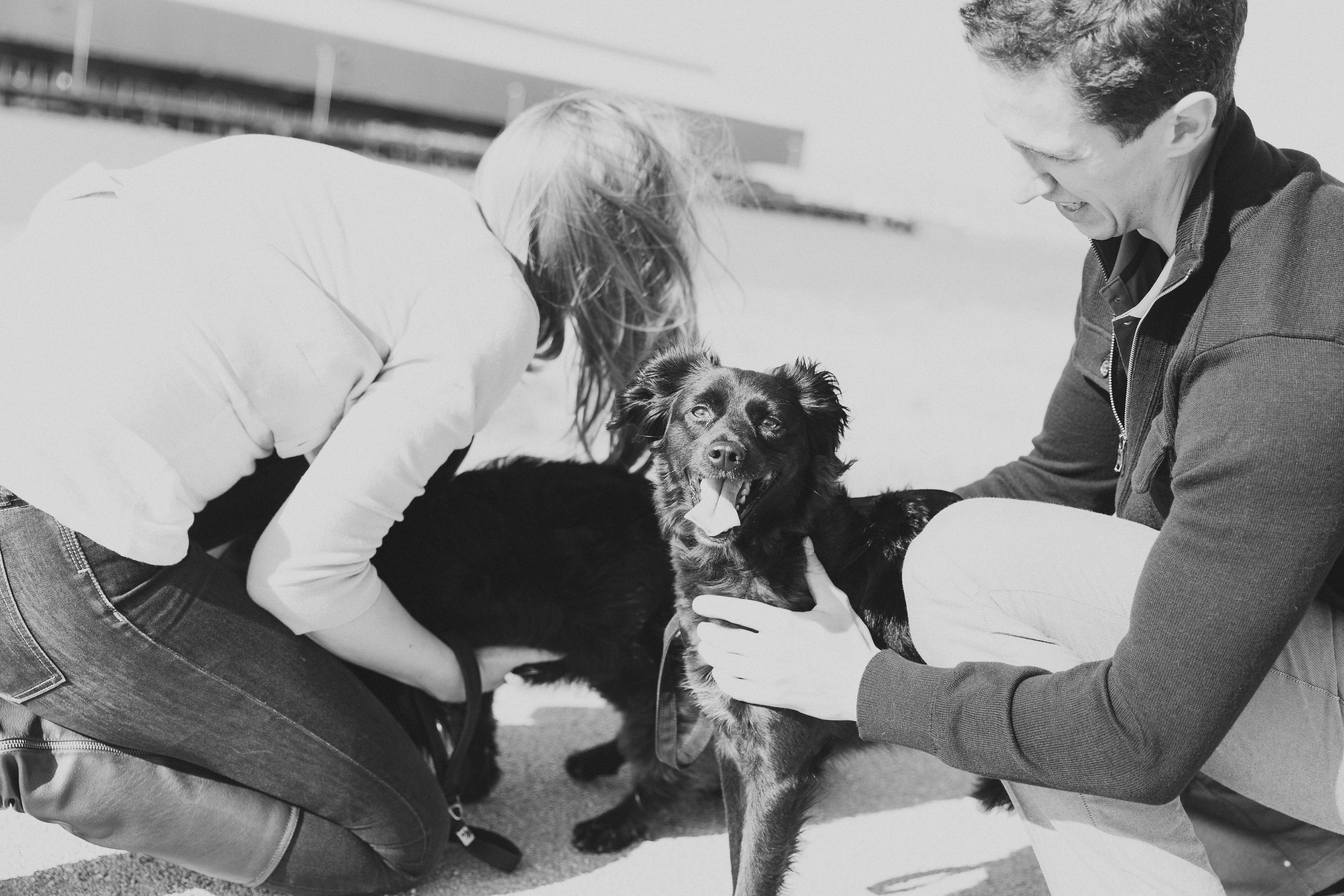Is your dog nervous or shy? Or maybe he’s aggressive with other dogs? Maybe he’s just a fun-loving ball of energy that zooms around the house? No matter what behavioral problems you face with your dog, positive reinforcement training reshapes your dog’s behavior using kindness and praise. Positive training techniques lead to a better life with your dog that flows with positive energy.
The Basics of Positive Training
“Dogs have given us their absolute all. We are the center of their universe. We are the focus of their love and faith and trust. They serve us in return for scraps. It is without a doubt the best deal man has ever made.” – Roger A. Caras
The innate nature of your dog is to give you all he has to give. His goal is to please you and have an inseparable relationship with you. Using positive training is a way to build a lasting bond and mutual understanding, bringing joy to both you and your dog. The following positive reinforcement basics eliminates any negative physical or verbal punishment, concentrating on fun and games as your training tools.
Take Advantage of a Clicker
A clicker is a great, little training tool that you can carry with you anywhere. Using a clicker signals your dog as soon as she offers the correct behavior. The “click” creates a marker signal for your dog, so she knows she’s done something right. After clicking at the correct behavior, immediately reward your dog with a treat or play toy. This method teaches your dog to think and make the right choices. Don’t worry, you won’t have to reward with treats forever, once your dog realizes that he’s earning your trust and praise that will be reward enough for him.
Reinforce Good Behavior
If you have a busy schedule and it’s just not possible to set aside a training time on a particular day, that doesn’t mean you can’t reward your dog’s good behavior. If you come home from work and your dog jumps on you or zooms around the house, jumping on furniture, ignore her. Avoid yelling or saying “no” because she’ll associate punishment as a way to earn your attention. Wait for your dog to settle down. When he stops jumping, click and reward him or when he goes to his bed without asking him, click and reward. Make a big deal of good behavior, offer several treats, ruffle up his fur, scratch behind his ears. Do whatever your dog loves and he’ll soon realize good behavior earns your love.
“Using positive training is a way to build a lasting bond and mutual understanding, bringing joy to both you and your dog.”
Ignore Bad Behavior
It’s hard ignoring your dog’s bad behavior. Whether she’s barking out the window, pulling on the leash or jumping on visitors, it can be frustrating. But using positive training methods can change unwanted behaviors. One method to use when your dog behaves badly is to walk away or go into another room, leaving him alone without getting your attention at all. Another method is to redirect the bad behavior. Ask your dog to do something that you know he will respond to, like “sit” or “down.” When he succeeds at the correct behavior, reward him. If all else fails and your dog won’t calm down, put him in his crate. This allows him to gain control of himself and prevents you from becoming angry and frustrated.
Keep Training Sessions Short
Keep your training sessions short and always end on a positive note with your dog earning praise for good behavior. Training for a few minutes a couple of times each day is enough to change your dog’s behavior for a lifetime.
Building a Loving Bond with Your Dog
“A dog is the only thing on earth that loves you more than he loves himself.” – Josh Billings
If you’re consistent with positive reinforcement training, you and your dog will learn to understand and love each other. Shaping your dog’s behavior with gentleness and kindness, you become his life long companion and friend.

